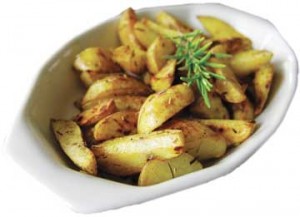Yasmin Jayathirtha
I suppose getting children to eat – and eat healthily – is the biggest chore many parents face. While they learn about the components of a balanced diet in school, it is from understanding the basic food types and the information on the labels on packaged foods (that gives calorific values for servings and the proportions of the major components) that they can make healthier choices. When children see for themselves, the contents of some of the regular foods they consume, they will understand the basic food groups better and be able to identify them as well. What better way than to drive home the importance of healthy food choices?
 In the classroom, we can determine the presence or absence of the major components of diet – starch, protein, sugar, and fats, using readily available reagents. Sugar, of course has become a major component only in the recent days, being added to most packaged foods. We can also determine the calorific value of nuts and other oil-containing substances. The trace minerals and vitamins require more sophisticated techniques and chemicals, and are usually out of the ambit of school laboratories.
In the classroom, we can determine the presence or absence of the major components of diet – starch, protein, sugar, and fats, using readily available reagents. Sugar, of course has become a major component only in the recent days, being added to most packaged foods. We can also determine the calorific value of nuts and other oil-containing substances. The trace minerals and vitamins require more sophisticated techniques and chemicals, and are usually out of the ambit of school laboratories.
The author works with Centre for Learning, Bengaluru. She can be reached at yasmin.cfl@gmail.com.
